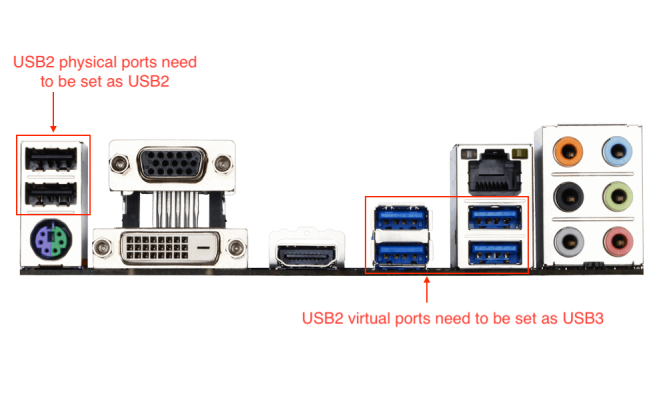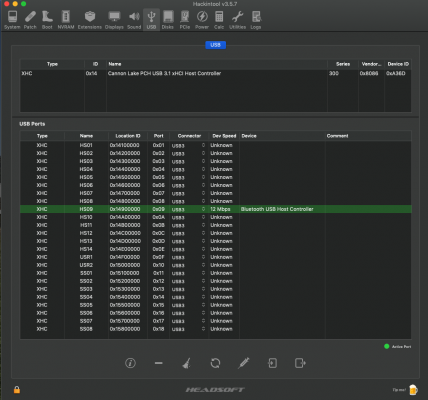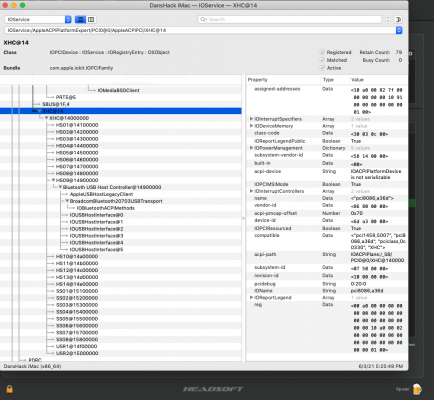Edhawk
Moderator
- Joined
- Aug 2, 2013
- Messages
- 6,322
- Motherboard
- Asus ROG Strix X570-F Gaming
- CPU
- Ryzen 9 3900X
- Graphics
- RX 6700 XT
- Mac
- Mobile Phone
I should have clarified the point about the USB2 ports:
The only ones that need to be set as USB2 are the Physical USB2 ports on the rear I/O plate, i.e. those with the Black tab.
Any USB2 (virtual) ports served from a physical USB3 port should be set with the connector type USB3, i.e. those with the Blue tab.
Your motherboard has 2 x USB2 physical ports on the rear I/O plate:

So you need to amend the configuration again, my apologies for not clarifying this in my previous post.
The only ones that need to be set as USB2 are the Physical USB2 ports on the rear I/O plate, i.e. those with the Black tab.
Any USB2 (virtual) ports served from a physical USB3 port should be set with the connector type USB3, i.e. those with the Blue tab.
Your motherboard has 2 x USB2 physical ports on the rear I/O plate:

So you need to amend the configuration again, my apologies for not clarifying this in my previous post.


